With nearly 150 aircraft in its fleet, Singapore Airlines (SIA) serves five out of the six inhabited continents from its hub at Singapore Changi Airport. Recently, the mostly widebody carrier absorbed group subsidiary SilkAir into its mainline operations and has been flying the Boeing 737 to numerous regional destinations.
Now, in 2023, the carrier continues expanding its widebody fleet while cutting back on some undelivered 737 MAX 8s. This article will examine Singapore Airlines’ mainline passenger fleet as it currently stands, while also checking in on the status of ordered-but-undelivered aircraft.
The Singapore Airlines fleet at a glance
According to Planespotters.net data, Singapore Airlines has a passenger fleet consisting of the following aircraft:
- 7x Boeing 737-800
- 16x Boeing 737 MAX 8
- 16x Boeing 787-10
- 23x Boeing 777-300ER
- 14x Airbus A380
- 62x Airbus A350-900 (including 7 ULR variants)
Crunching the numbers, we can see that Singapore Airlines has a total of 138 passenger aircraft. You will see later in this article, however, that this number is up for debate, as a few aircraft have been parked for so long that they may never return to service.
The total number of jets flying in Singapore Airlines livery would go up to 147 if we included the nine jets operating for Singapore Airlines Cargo – two Boeing 777Fs and seven 747-400Fs. Singapore Airlines group also has its low-cost subsidiary, Scoot, which currently operates 57 aircraft.
A few changes have taken place since our last examination of the fleet in 2022. Since our early-May 2022 report, the carrier added seven aircraft: three MAX 8s, three Airbus A350s, and one 787-10. In terms of ‘departures,’ we saw the airline remove nine jets: two 737-800s, four 777-300ERs, and three A380s.
Cutting back on more 737 MAX 8s?
Although the carrier operated Boeing 737s in the 1970s, narrowbody aircraft have been largely absent from Singapore Airlines’ operations over the decades of its impressive growth. However, things changed in March 2021 when the airline operated its first 737-800 service from Singapore to Phuket. This was the result of the SilkAir brand and its operations being absorbed by SIA.
Despite the global situation at the time, SilkAir’s disappearance was not due to COVID-19. Instead, Singapore Airlines announced its decision to shut down SilkAir in 2018 to provide a more consistent experience throughout its network.
As we noted last year, the major change included the addition of 10 business class seats for each 737. These are configured as alternating rows consisting of four, two, and four lie-flat seats. The row with just two flatbeds is particularly attractive, with these throne-style seats offering extra space and storage.
While the narrowbodies should be ideal for serving lower volume routes, it appears that SIA has chosen to cut back on the number of new 737 MAX 8s it will accept. On May 16th, the airline announced that it would be canceling its commitment for eight 737 MAX 8s, in addition to swapping three 787-9s for three 787-10s. The adjustment was “in line with the Group’s long-term fleet renewal strategy and [to] support its projected operational requirements.” Unfortunately, no further detail was provided by the airline.
In the same report that announced the cancelation of eight 737 MAX jets, the airline noted that it had a total commitment for 13 737 MAX 8s.
Resuming Boeing 787-10 deliveries
Recent times have also seen Singapore Airlines resume deliveries of 787-10 aircraft. As we reported earlier this year, between April 1st and April 2nd, a brand new Singapore Airlines 787-10 Dreamliner made its way from Boeing facilities in Charleston to the airline’s hub at Singapore Changi Airport. The aircraft was Singapore Airlines’ 16th Dreamliner, but more notably, it was the first 787 arriving at the airline since the pandemic.
The last 787 delivered to Singapore Airlines before the early-April addition was back in November 2019. However, the devastation of the COVID-19 pandemic, followed by an extended delivery stoppage for Boeing Dreamliners, resulted in SIA’s 787-10 fleet size remaining static for several years.
In its financial reporting, SIA notes that, as of May 16th, it was expecting 15 more Boeing 787-10s. We should see a change to Dreamliner fleet and order numbers in the next month or two, considering the fact that a 787-10 in Singapore Airlines livery conducted its first test flight on May 13th.
Wrapping up A350 orders
Having steadily taken delivery of A350s since 2016, Singapore Airlines is slowly wrapping up its order for the type. As per Airbus data accurate as of April 30th, Singapore Airlines has ordered 65 A350-900s. Currently, the carrier has taken delivery of 62 of those aircraft, resulting in SIA being the world’s largest Airbus A350 operator.
Although the carrier took delivery of its 62nd A350 on March 29th, flight data doesn’t show any undelivered A350s being spotted or taking test flights in recent times. Thus, we can assume that the airline’s A350 fleet numbers will stay relatively steady, at least for the next few months.
With this type, SIA operates some seriously long routes, including the world’s longest: Singapore to New York. This is made possible with the A350-900ULR, which covers a whopping 15,340 km (8,283 NM) to connect the two cities. The airline’s average flight time to New York is about 17 hours and 46 minutes, while the flight back is 18 hours and 15 minutes.
Photo: FlightRadar24.com
Examining order books alone, Qatar Airways should eventually overtake Singapore Airlines as the largest operator of the A350. This is thanks to the carrier settling its dispute with Airbus, resulting in orders being reinstated that were previously canceled due to the feud.
The oneworld alliance member is listed as having ordered 34 A350-900s and 42 A350-1000s, making for a total commitment of 76 A350s. At present, however, the airline has just 53 A350s in its fleet, with quite a few of these airframes still grounded and awaiting reactivation.
Slightly related is the fact that Lufthansa – or at least the Lufthansa Group – is in Airbus’ order books for 60 A350s: 50 A350-900s and 10 A350-1000s. Of course, some of these A350s are expected to be moved to SWISS to replace its aging A340s.
Photo: Airbus
The A380 continues to fly
A great piece of news for Airbus A380 fans is that the superjumbo continues to fly with SIA – the global launch customer for the type back in 2007. At the time of publication, Planespotters.net states that the carrier has retired 10 A380 airframes while still having 14 in its fleet.
Interestingly, of these 14 aircraft, the A380 registered 9V-SKK has been parked in Alice Springs (Australia) since 2020. This data slightly differs from what is available on ch-aviation.com, which states that the airline has 12 A380s in its fleet with 12 being retired. The list of retired A380s from ch-aviation includes 9V-SKK.
Whatever the exact numbers may be at this very moment, we know that the airline has plans to keep its A380s around for a while longer – particularly with cabin retrofits taking place over the past few years. At the moment, the type is flying to the following cities from Changi airport:
- Frankfurt (FRA)
- Hong Kong (HKG)
- London Heathrow (LHR)
- Melbourne (MEL)
- Mumbai (BOM)
- Sydney (SYD)
Quite impressive is the fact that the airline is deploying the A380 to both London and Sydney twice per day – a testament to the strong travel demand experienced around the world. Sadly, however, the airline is no longer deploying the superjumbo to New York (JFK) via Frankfurt, as it had previously done. Making the switch in mid-May 2023, the airline now operates this route with the Boeing 777-300ER.
Still waiting for those 777-9s…
Singapore Airlines is still committed to taking 31 Boeing 777-9 aircraft. As mentioned last year, the carrier was planning to get its first 777-9 in 2021. Sadly, delays to the 777X program persist and delivery schedules continue to be pushed back. As the first 777X is still expected to be delivered in 2025, there’s a strong chance that SIA won’t be getting its first new 777-9 until 2026 at the earliest.
Photo: GE Aerospace
Despite this setback, the carrier’s fleet of A350-900s and 787-10s should allow the airline to efficiently get its customers from Point A to Point B for the time being. Additionally, while the A380s are far from the most efficient jets at SIA, passengers will be happy to have this aircraft around for a little while longer, while the airline can make the most of its higher capacity – particularly at busy, slot-constrained airports like London Heathrow.
What are your thoughts on the Singapore Airlines fleet in 2023? What is your favorite aircraft type operated by this airline? Share your thoughts by leaving a comment!
Sources: Planespotters.net, FlightRadar24.com, ch-aviation.com, Airline Geeks, Aviation Flights

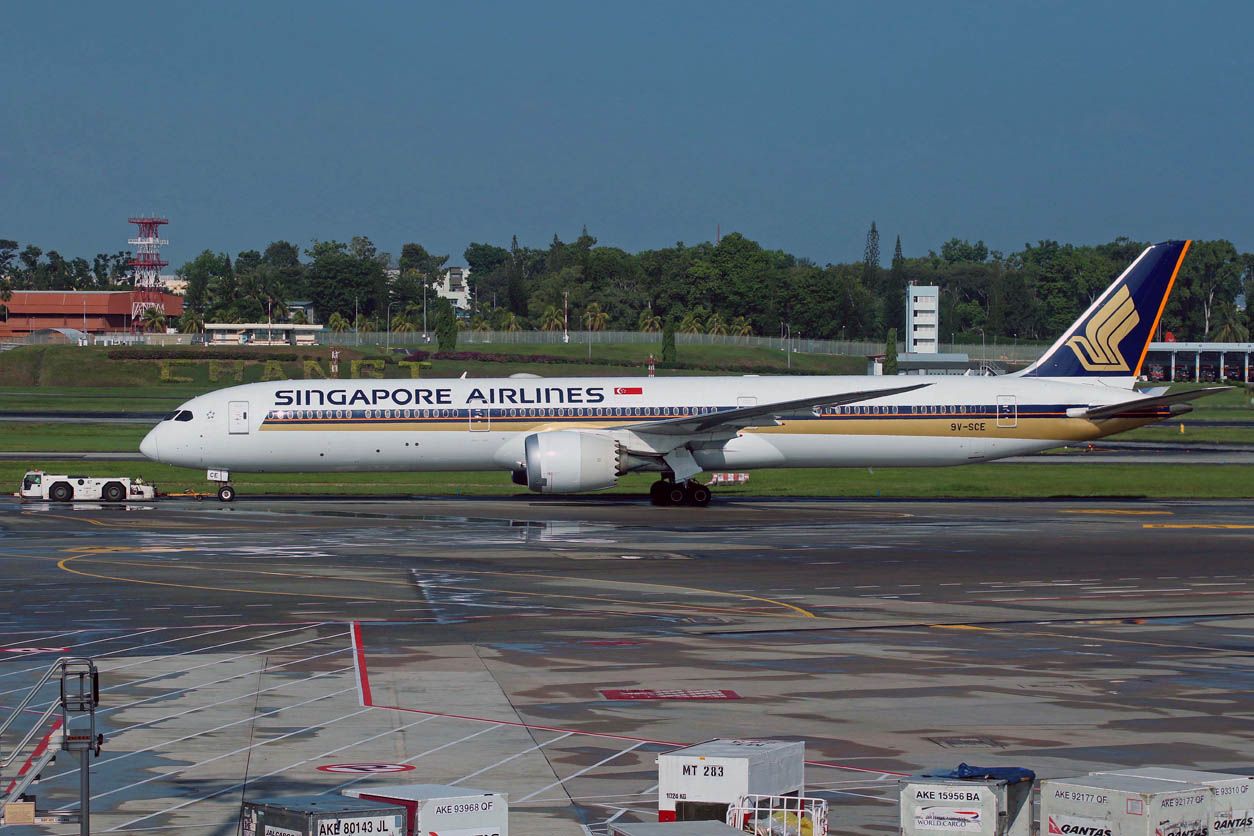
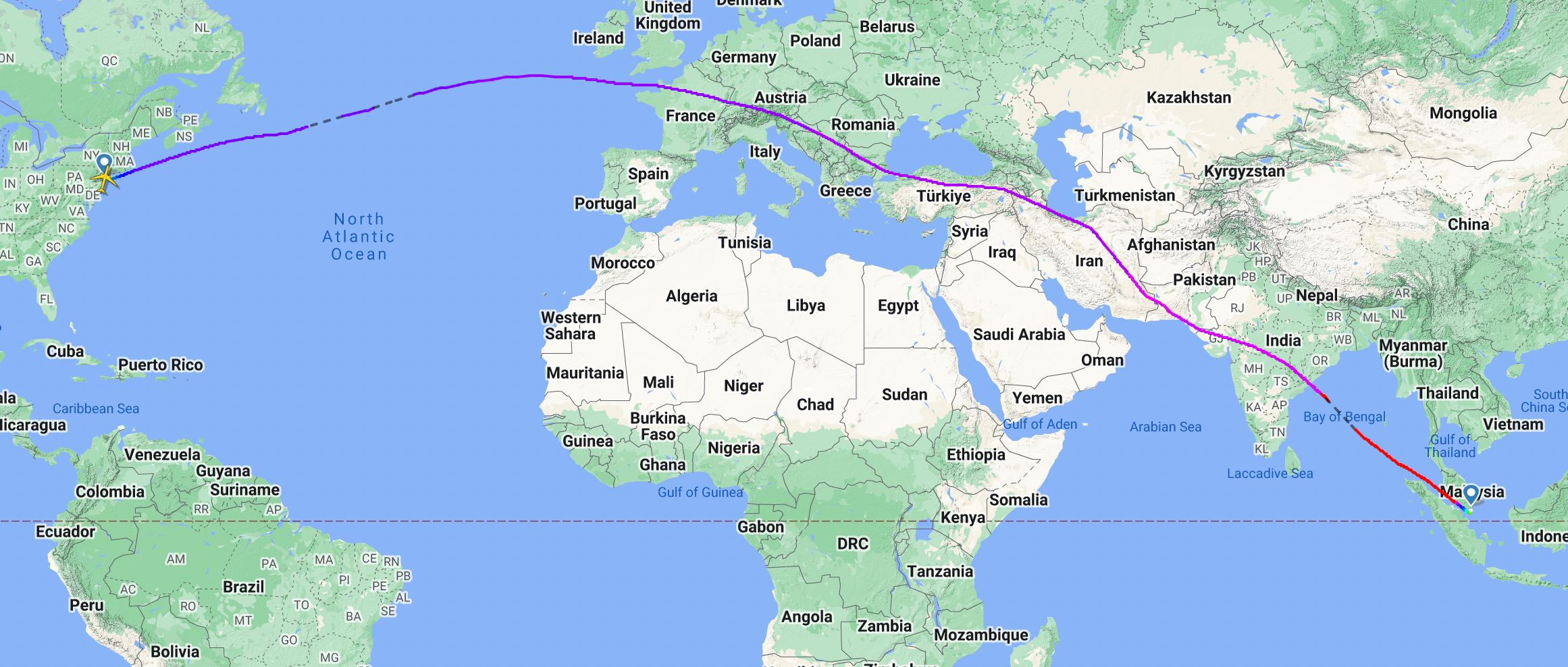
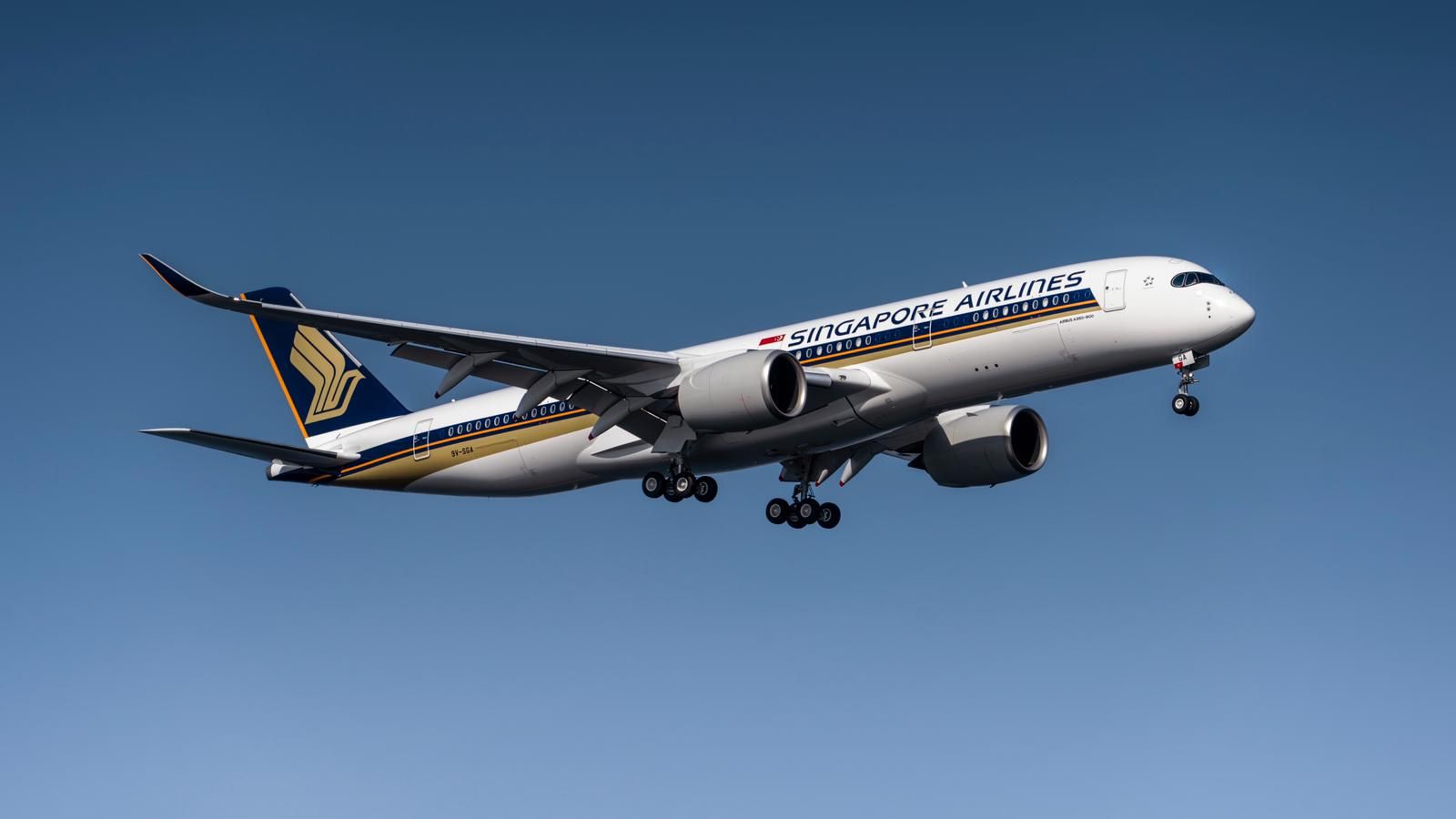
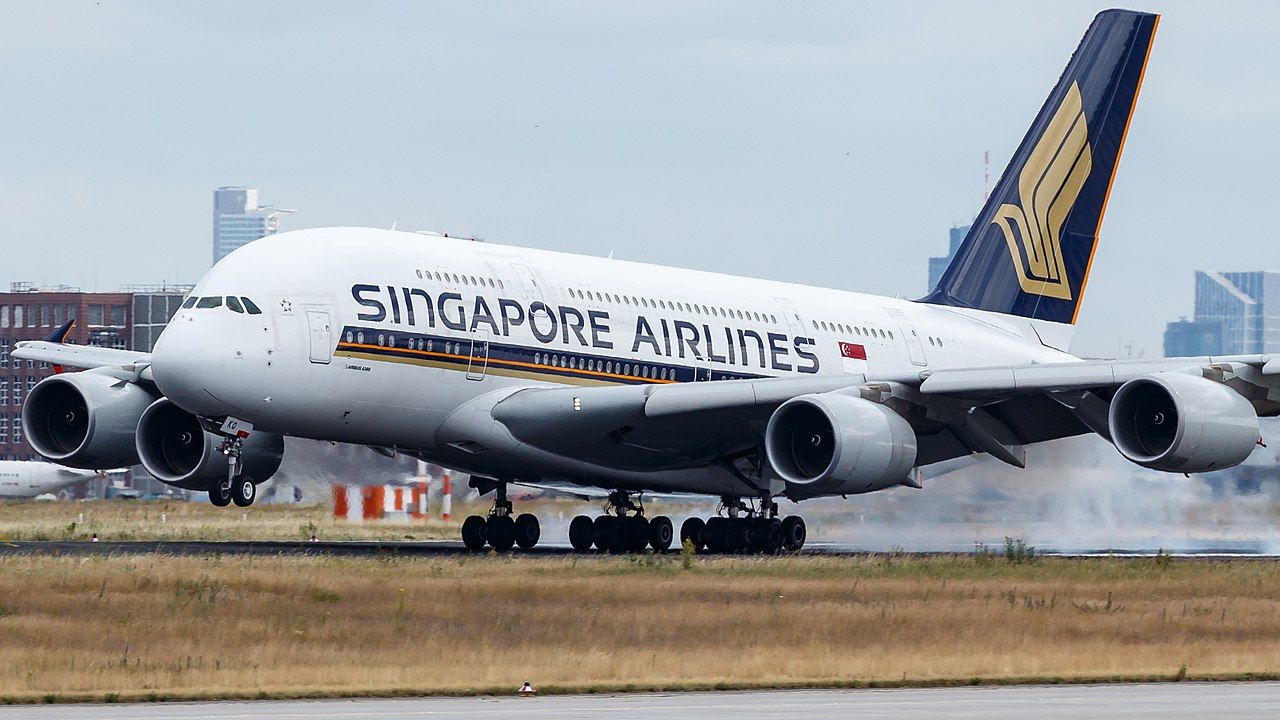
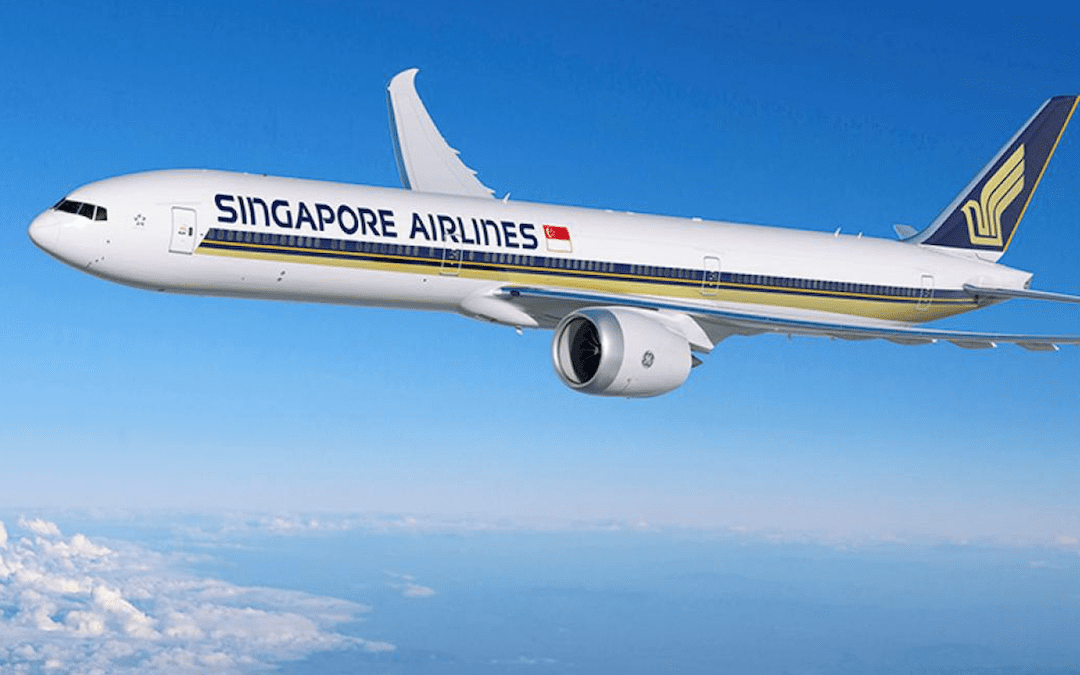
.jpeg)